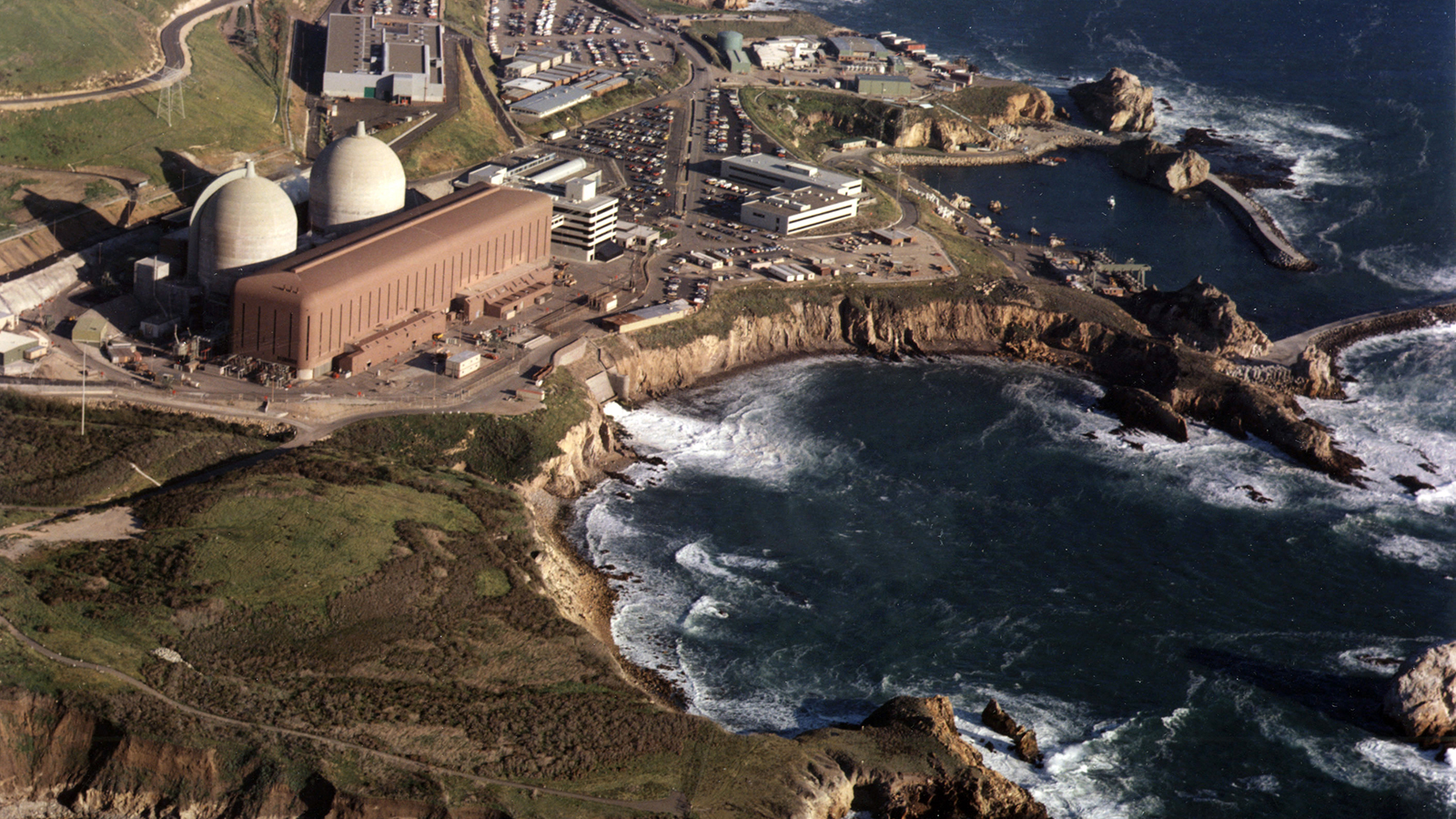This story was originally published by the Guardian and is reproduced here as part of the Climate Desk collaboration.
Looming climate breakdown is opening fresh divisions among environmentalists over nuclear energy, with a major advocacy group calling for struggling nuclear plants to be propped up to avoid losing their low-carbon power.
Nuclear is the single largest source of low-carbon electricity in the U.S. But a third of nuclear plants are unprofitable or scheduled to close, risking a rise in greenhouse gas emissions if they are replaced by coal or natural gas, a major Union of Concerned Scientists (UCS) report has found.
U.S. emissions could increase by as much as 6 percent if struggling plants are shuttered early, the report warns. This scenario has put pressure on many environmental groups to reevaluate their intrinsic opposition to nuclear energy as a dangerous blight that must be eradicated.
“We are running out of time to make the emissions reductions needed to avoid the worst impacts of the climate crisis,” said Steve Clemmer, director of energy research for the UCS climate and energy program. “Losing a low-carbon source of electricity like nuclear power is going to make decarbonization even harder than it already is. Nuclear has risks, it’s not a perfect technology, but there have to be trade-offs.”
The U.S., like the rest of the world, faces a steep challenge to avoid the worst ravages of heatwaves, drought, extreme weather, and flooding. The IPCC report states emissions must reach net zero by 2050 to avoid the most punishing climate change impacts, whereas the Trump administration is currently dismantling every major policy aimed at lowering emissions in the U.S.
The U.S. has an aging fleet of nearly 100 reactors at 60 nuclear plants, with many nearing the ends of their expected lifetimes. Five plants have shut down since 2013, with a further five set to shutter over the next eight years.
In total, a third of U.S. nuclear power plants are set to close down or are unprofitable largely due to a major shift to cheaper natural gas. As nuclear provides more than half of the United States’ low-carbon energy, this situation “raises serious concerns about our ability to achieve the deep cuts in carbon emissions needed to limit the worst impacts of climate change,” the UCS report states.
Replacements for nuclear will vary across the country. The huge Diablo Canyon plant in California, for example, will probably spawn a surge in renewable energy when it shuts in 2025. But in other states, such as Ohio and Pennsylvania, weak clean energy policies and the abundance of natural gas mean the closure of nuclear plants will probably raise emissions.
“Renewables can fill a lot of the gap but it’s a timing issue,” Clemmer said. “Over a long timeframe, we can ramp up renewables and phase out coal, gas, and nuclear generation, but we don’t have that time. We have to cut half of all emissions by 2030, according to the IPCC. We can’t physically ramp up renewables fast enough.”
Anti-nuclear campaigning has been a foundational shibboleth for groups such as Greenpeace, which has pointed to disasters such as Chernobyl in 1986 and Fukushima in 2011 as evidence that the sector should be shut down.
While the UCS have never been militant opponents of nuclear power, Clemmer said “we are getting a bit more vocal” about the benefits of keeping plants open as the scale of the climate crisis has become clearer.
Many opponents remain implacable, however.
“Nuclear reactors are a bad bet for a climate strategy,” said Gregory Jaczko, who was chair of the U.S. Nuclear Regulatory Commission during the Obama administration. “The Union of Concerned Scientist models don’t reflect the reality of the United States electricity market. Renewables are getting cheaper faster than expected and are in some cases the least expensive source of electricity.”
Jaczko said new nuclear is a “financial boondoggle,” with investments better placed in solar or wind. “Employing nuclear for climate change is like Dorothy seeking the Wizard of Oz to get home,” he added. “It’s an expensive enticing mirage.”
Clemmer said he agreed that new nuclear plants are enormously expensive, but said there was a case for the U.S. government to invest around $814 million a year to keep existing unprofitable plants online, given the cleaner energy they provide. “Environmental groups may come round to this, but I’m just not sure,” he said.



